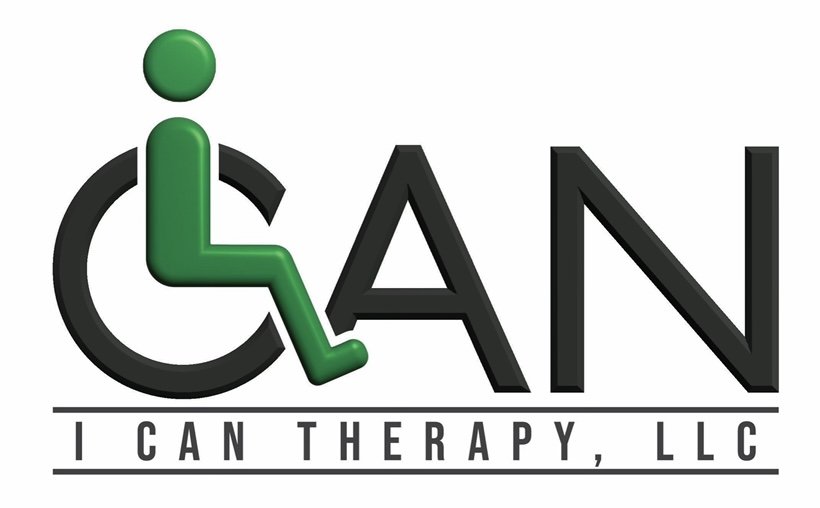Traveling with a physical disability
Written by Mitchell Earley & Edited/Transcribed by Hannah Earley
Have you ever planned a trip and had to think about how you will shower, use the bathroom or get dressed? Will you be able to get into the bed? Will you be able to go out to eat? Will you be able to walk on the sidewalks downtown? For someone with a physical disability, these are all the questions one might ask when they start to think about traveling.
For Mitch, it’s mostly his parents deciding where they go, figuring out the logistics and constantly running scenarios in their heads. This has limited their ability to travel, especially to unfamiliar places. It also has to be within driving distance from Kansas City because to transfer Mitch onto an airplane seat and then maintain his trunk stability during the unexpected ups and downs is a lot of physical work for his parents and impossible in the tight quarters of an airplane. So, they drive.
Because Mitch needs a “handicap accessible” place to stay, including a safe and accessible sidewalk leading from parking to the front door, a ramp and wide doorways to enter, large maneuverability space to avoid running into furniture or walls, low tread flooring, a bed on the main floor and a roll-in shower, it’s imperative he stays in a hotel where they are mandated to follow “ADA” regulations to at least get him into the building. But have you ever thought about once he gets into the place, what his daily routine looks like?
Mitch weighs 160 pounds and is unable to assist at all with a transfer. Therefore, he needs to use a mechanical lift called a Hoyer. When choosing a location, they need to make sure that the Hoyer will fit under a hotel bed. Unfortunately, most hotel beds don’t have an opening of 4+ inches from the ground to the bottom of the box springs (most don’t have any at all). Mitch changes his clothes and toilets in bed by rolling. His parents have to stoop over the short hotel bed to be able to change him on vacation. Hannah has heard stories of others reporting their struggle to use the toilet on vacation. Some families have to purchase a toilet riser so that their loved one can get on and off the toilet when they’re traveling. Can you imagine using an airplane, (train or cruise) tiny bathroom, while moving, when you have difficulty with transfers, balance, coordination and strength?
Mitch doesn’t need to use the sink on vacation because his parents help with brushing his teeth and washing his face and shaving. Think about what it might entail for someone who is independent with grooming. ADA has a “one size fits all” approach to heights and widths of physical spaces (which is a GREAT start). This means that most people can get into the bathroom, and they can “get under the sink”. BUT there’s also a variety of wheelchairs, wheelchair users and differing abilities, out there. All are different. Some are short, some are bulky, some are long, some are tall, some have arm rests that get in the way. Just to use the sink can be a chore for someone with a physical disability.
Wooof, showering. Mitch’s parents bring his shower seat with them (along with the Hoyer lift, everyone’s luggage and Mitch in his wheelchair). When you think of a hotel shower, I bet you think classic tub/shower combos. An accessible shower is usually not a tub/shower combo. However, a lot of hotel showers still have a lip, maybe an inch, maybe a few inches. If someone is dependent for bathing/transferring, they most likely need or at least would benefit from a zero-entry access. This means that you can literally roll into the shower floor from the tile outside of the shower. Have you ever thought about which way the shower door opens or how the grab bars are set up in relation to the shower seat? Have you thought about how the bathroom door, toilet, sink and shower align so that there is enough room to then transfer to the shower seat? Or how far away the shower head is to the shower seat? These are some things that people with physical disabilities have to think about.
All this to say, it’s not much of a vacation when there’s so many barriers and things to plan through on top of the “normal” planning that takes place.

